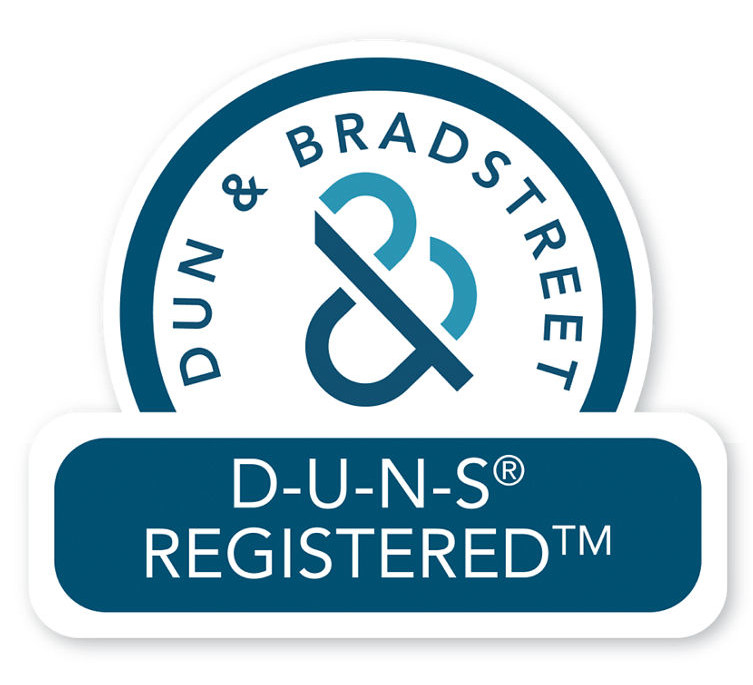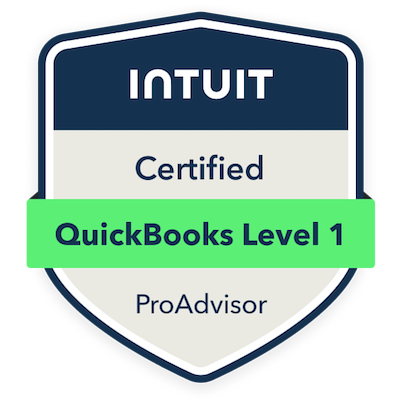
Let Me Manage Your Books
So you can manage and grow your business.
You don't have time as a business owner to manage your own books. I will manage your books for you, thus allowing you to get back to the job you would prefer to do: running your business and making money!
Each month or quarter I will do the following for you:
- Balance your checking account
- Prepare an income statement
- Prepare your balance sheet
- Clean up your general ledger
- Offer unlimited consultations
These tasks are the foundation upon which your business' accounting system is built. You can customize the package of services you receive by adding payroll, bill pay, office or computer support, or any of my other services.
Choose All Services You Need
Contact Me to Negotiate Hourly Contracts
Small Business Bookkeeping Plan
BOOKKEEPING
Cleanup and maintain your books for accurate and up-to-date transactions
ACCOUNTS RECEIVABLE
Provide customer invoicing and track receivables to ensure adequate cash flow
ACCOUNTS PAYABLE
Maintain cash flow and transactional records to meet all business expenses
Bank Reconciliation
Monthly reconciliation of your business checking account enables me to keep your bank account, accounting, and taxes current.
Having me reconcile your account monthly enables you to:
- Find lost checks, lost deposits and unauthorized transactions.
- Find and prevent unnecessary/unjustified bank fees and ensure your transactions are posted correctly by your bank.
- Find and prevent embezzlement from inside your company.
- Know how your business is doing? You can't possibly know unless all accounts are reconciled and properly accounted for on your financial statement.
- Manage your cash more effectively. Proper management of funds not only saves money, it makes money for you.
- Protect yourself. By reconciling in a timely manner and complaining immediately to your bank concerning any unauthorized, forged or altered checks or other transactions, you can prevent your business from being responsible for the shortfall and place the risk on the bank.
- Sleep Better. You will sleep better at night knowing your bank accounts are reconciled, in balance and that all funds, accounts, checks and disbursed funds are accounted for.
Income Statement
An income statement, or a profit and loss statement, is really just a detailed list of all your revenue items and then it subtracts from that a detailed list of all your expenses in order to calculate a profit or loss for the period.
An income statement can help you to:
- Monitor revenue and expenses so you will know the operating performance of your business.
- Establish which areas of your business are under-budget or over-budget.
- Identify particular items that cause unexpected costs such as phone, fax, mail, or supplies.
- Track dramatic increases in product returns or cost of goods sold as a percentage of sales.
- Calculate your income tax liability.
Balance Sheet
A balance sheet provides you with a snapshot of the financial situation of your business at a given moment.
A balance sheet enables you to:
- Understand your company's financial health and capabilities.
- Identify and analyze trends, specifically for payables and receivables.
- Decide if your company is able to expand.
- Decide if your company can manage the natural fluctuation of revenues and expenses.
- Decide whether you must take immediate action to increase cash reserves.
- Decide whether your company has been delaying payables to avoid a cash deficiency on the near term horizon.
Balance sheets and income statements are the most basic building blocks of your financial reports. Prospective lenders like banks, investors, and suppliers will rely on your balance sheets and income statements when contemplating the extension of credit and how much credit to provide you.
A cash flow statement is a financial statement that reflects how much cash comes in and out of a business over a certain period, such as a quarter or a fiscal year. It is one of the most intuitive financial statements because it follows the cash earned by the business through operating, investment, and financing activities.
- A cash flow statement highlights a company's cash inflows and outflows from its ongoing operations and external investment sources.
- It includes cash made by the business through operations, investment, and financing—the sum of which is called net cash flow.
- The cash flow statement is divided into three sections, which include cash flow from operations, cash flow from investment activities, and cash flow from financing.
- Public companies must file cash flow statements to remain compliant with financial regulators.
A company’s financial statements offer investors and analysts a portrait of all the transactions that go through the business, where every transaction contributes to its success. Companies must file cash flow statements to remain compliant with financial regulators.





